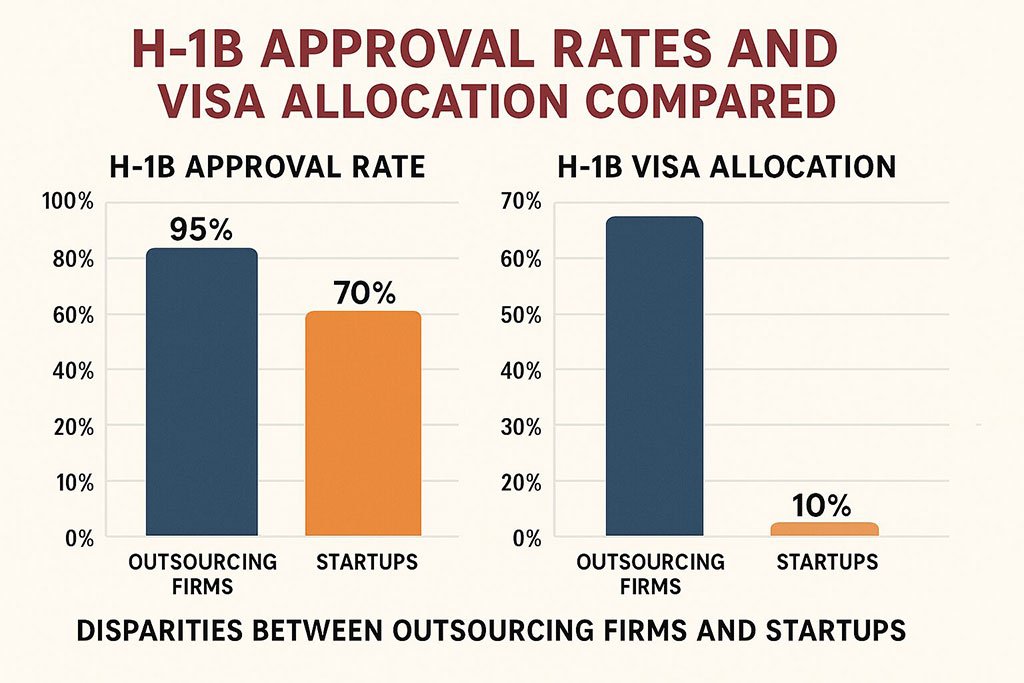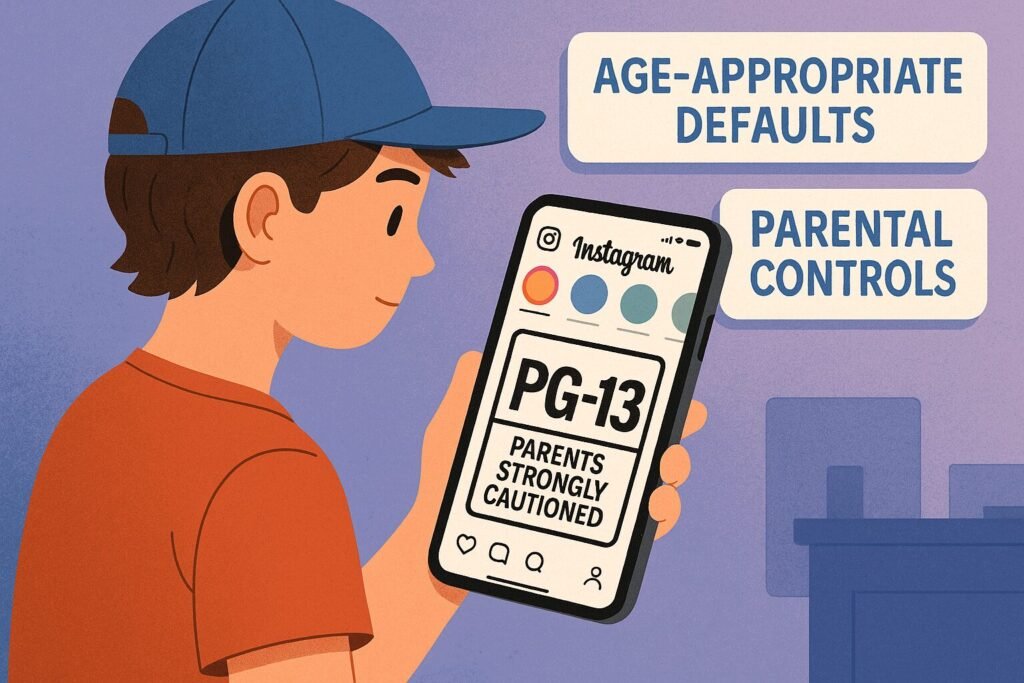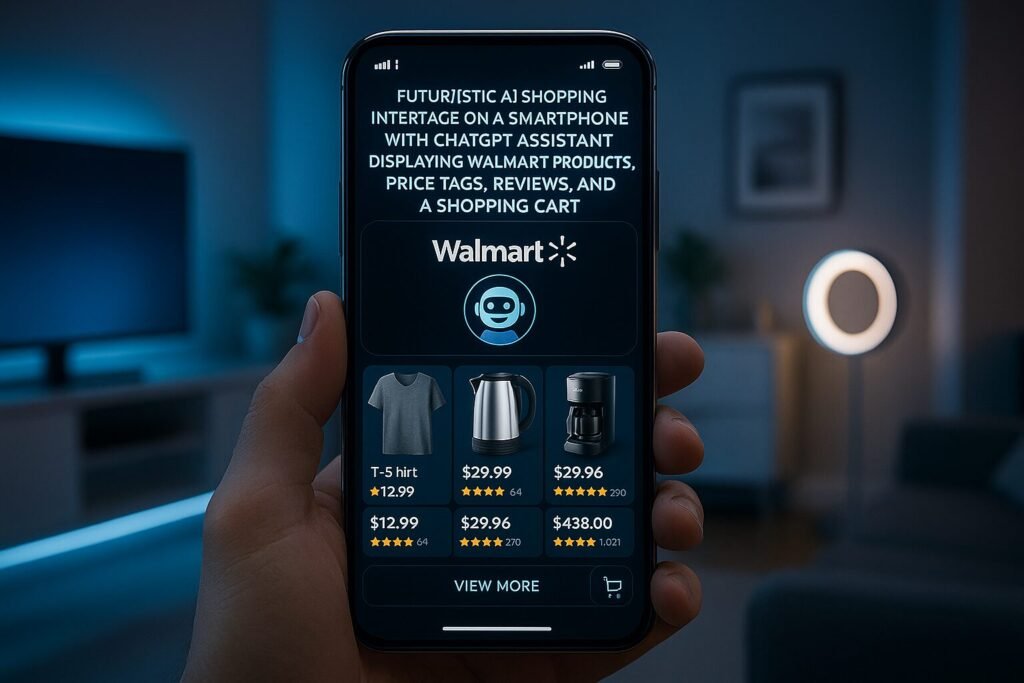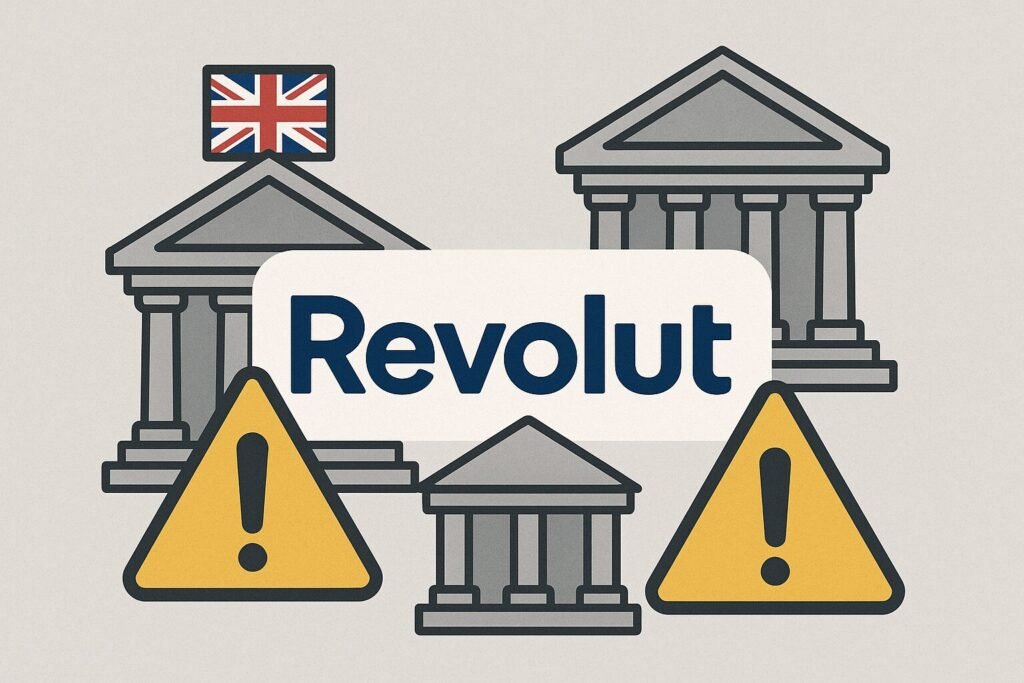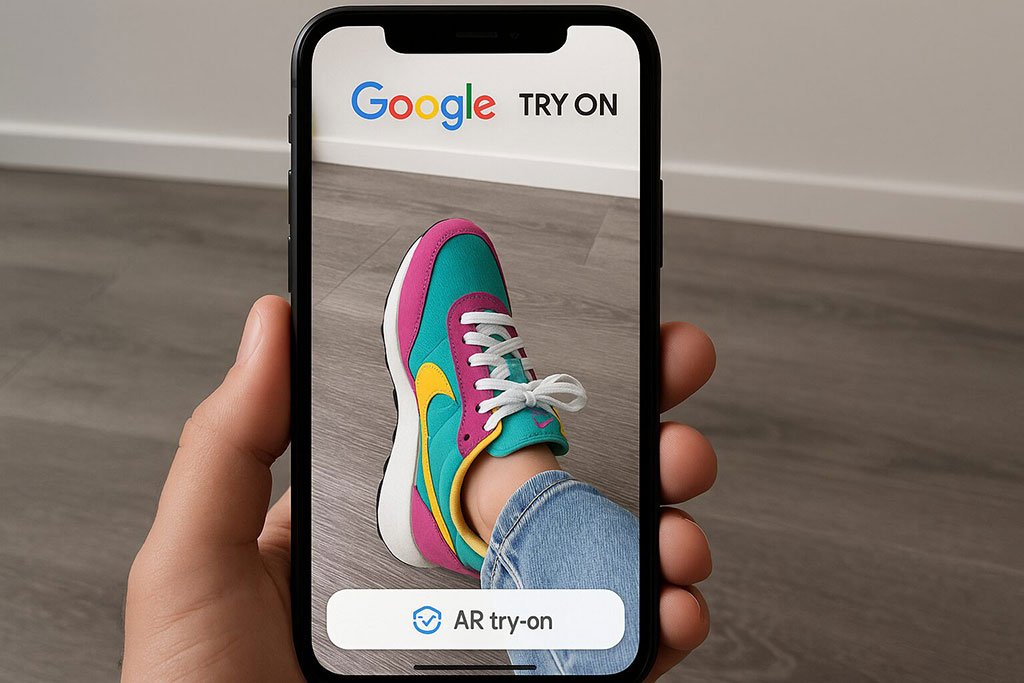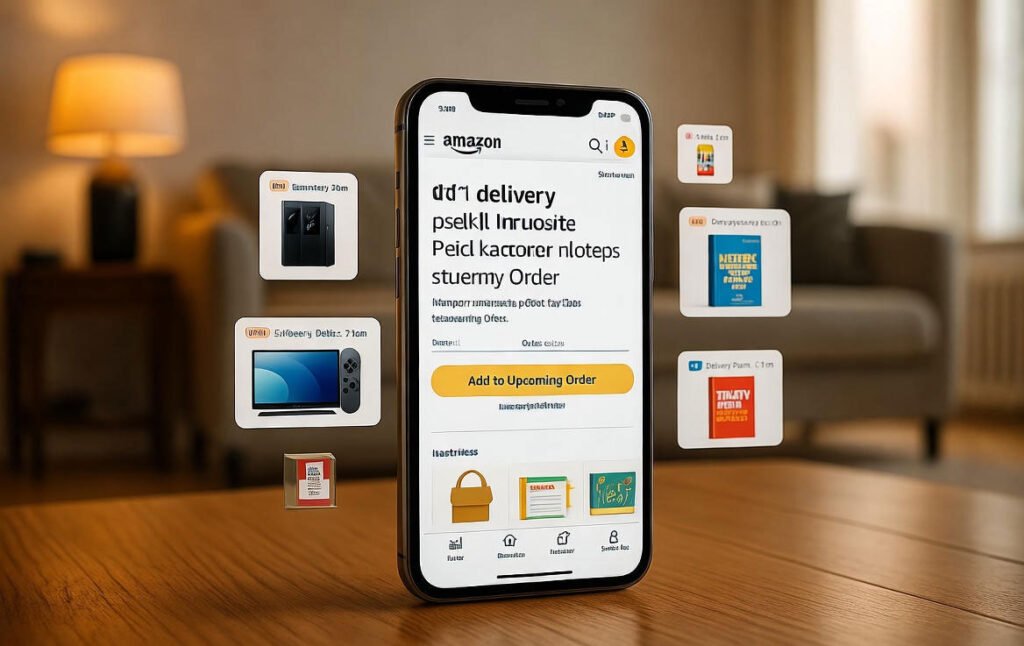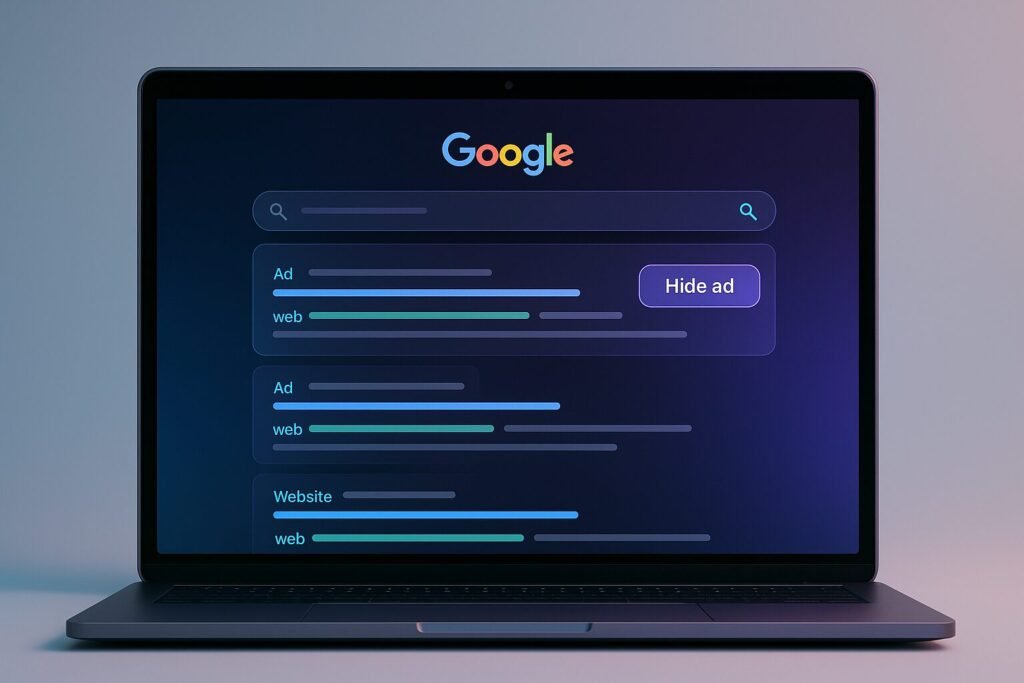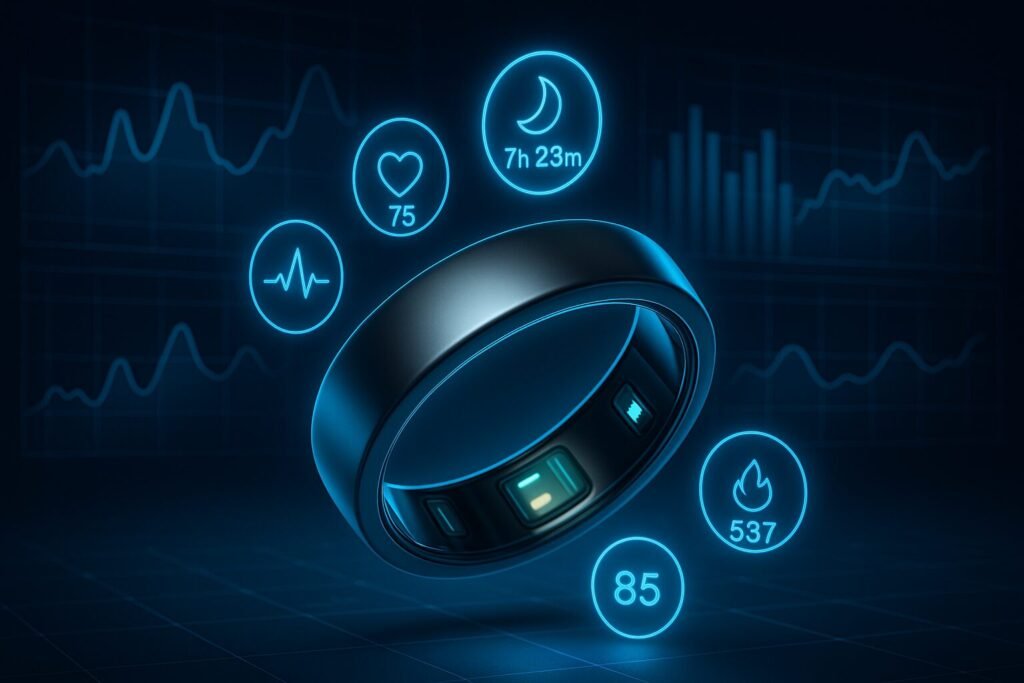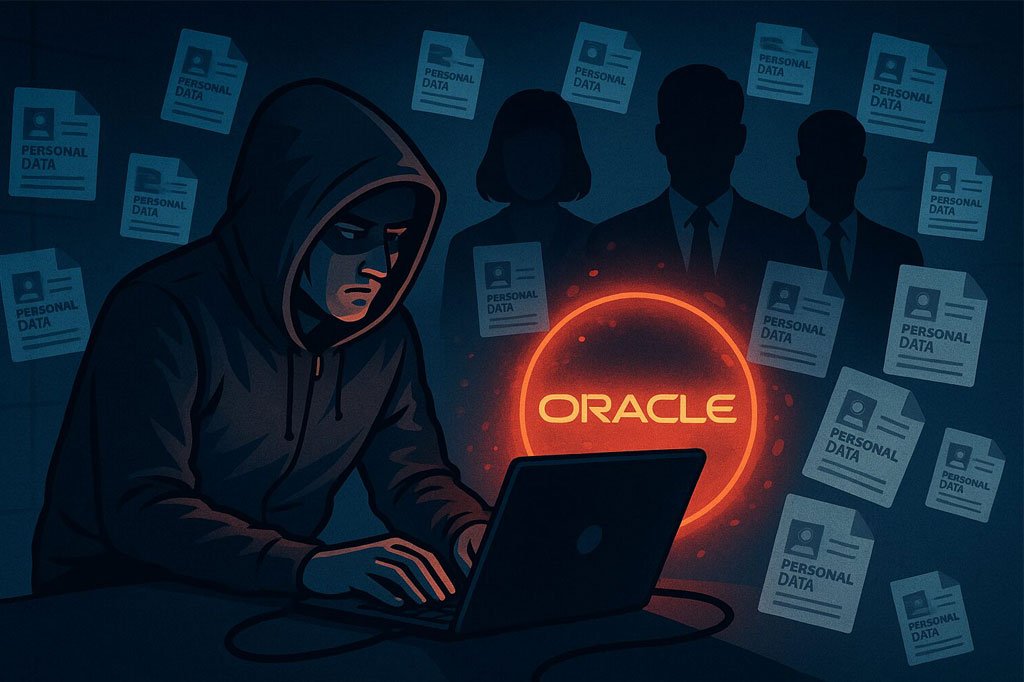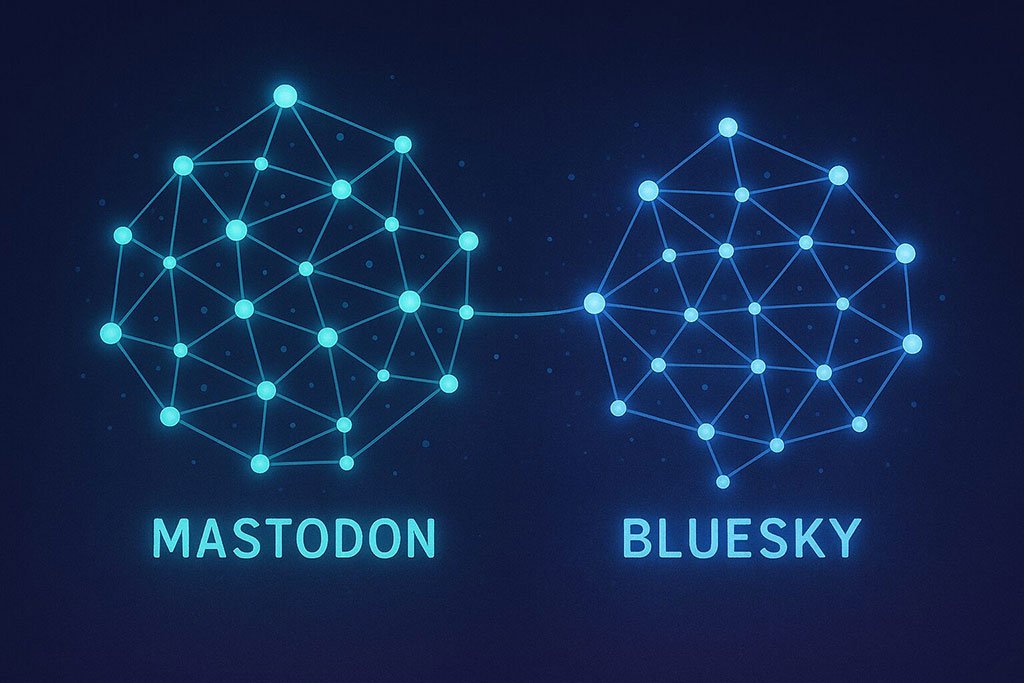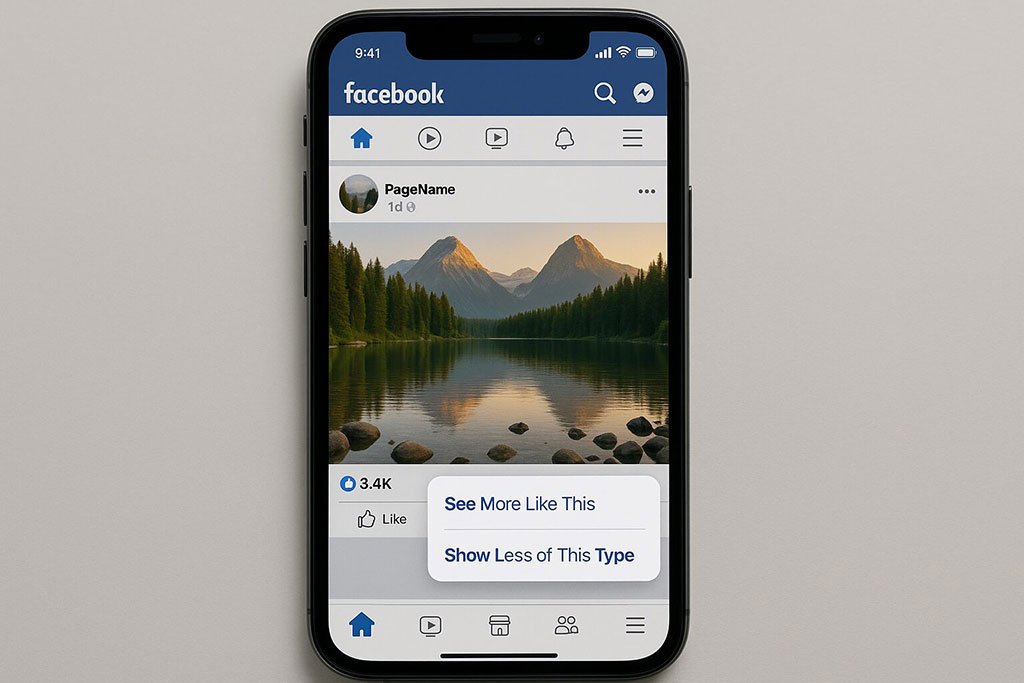Now Reading: When the Law Drives Surveillance: ICE Vans with Fake Cell Towers Exposed
-
01
When the Law Drives Surveillance: ICE Vans with Fake Cell Towers Exposed
When the Law Drives Surveillance: ICE Vans with Fake Cell Towers Exposed
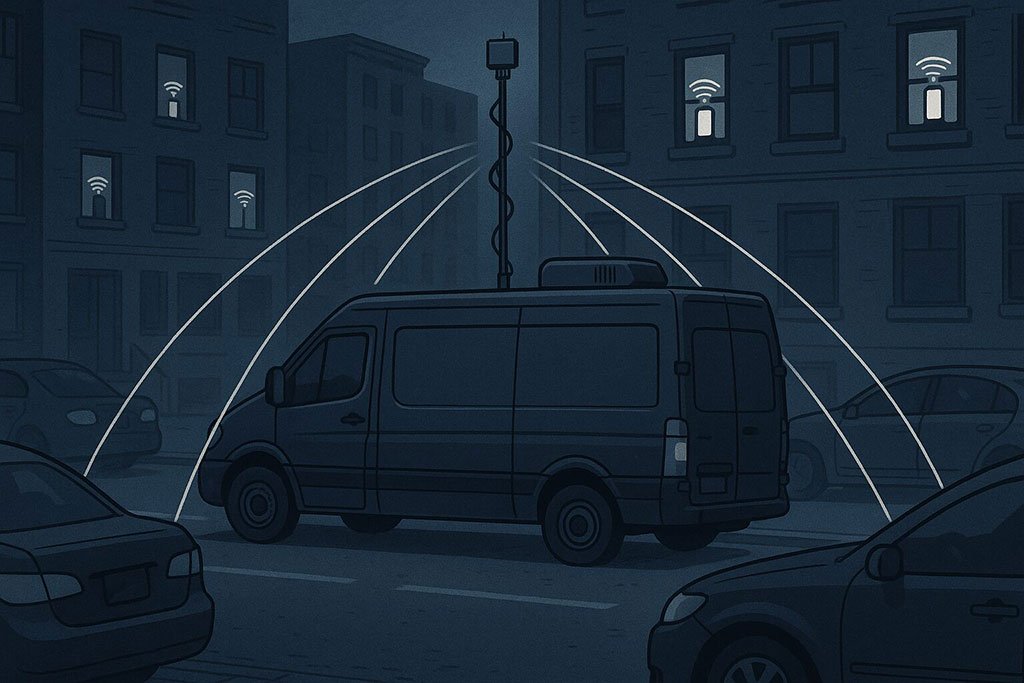
When privacy feels increasingly elusive, new revelations about the U.S. Immigration and Customs Enforcement (ICE) have reignited a debate that stretches far beyond American borders. Reports indicate that ICE deployed vehicles fitted with imitation cell towers—commonly called “Stingrays”—to secretly track and monitor mobile phones.
This revelation has stirred global conversations about the fine line between national security and individual rights. For everyday citizens, it’s a stark reminder that our devices—often viewed as extensions of our identities—can easily become tools of surveillance.
This article dives into what these devices are, how they work, why their use is controversial, and what this means for digital privacy in the modern era.
Understanding the Technology Behind Fake Cell Towers
What Are Imitation Cell Towers?
Imitation or “fake” cell towers, technically known as IMSI catchers or Stingrays, mimic legitimate cellular base stations. When nearby mobile phones connect to them—believing they are normal towers—they reveal their unique identifiers and even allow location tracking.
In simple terms, these devices can intercept communications, track movements, and access data without the user’s consent. While such technology is often reserved for intelligence and law enforcement agencies, its deployment has raised profound ethical and legal concerns.
How They Work in Surveillance Vehicles
Mounted on specialized vehicles, these cell tower simulators can move through neighborhoods, collecting data from any phone within range. This mobility allows agents to follow suspects discreetly, but it also means data from innocent bystanders can be unintentionally—or intentionally—swept into the net.
The Growing Controversy Around ICE’s Surveillance Tactics
Security vs. Civil Liberties
Government agencies justify surveillance as a tool to combat crime, terrorism, and illegal trafficking. However, the use of imitation cell towers blurs ethical lines. Without proper warrants or oversight, these operations can infringe on constitutional rights and undermine public trust.
Civil liberties groups argue that such tactics represent a dangerous expansion of state surveillance—one that bypasses judicial scrutiny and transparency.
A Global Privacy Debate
This issue isn’t confined to the U.S. Similar technologies have been spotted across Europe, Asia, and Latin America. Nations continue to grapple with how to balance public safety with the right to privacy. The ICE revelation is, in essence, part of a broader global reckoning over surveillance in the digital age.
Implications for Individuals and Society
The Digital Shadow We Leave Behind
Every smartphone, smartwatch, and connected device leaves a trail of digital breadcrumbs—data that can be tracked, analyzed, and monetized. The ICE case underscores just how fragile our privacy really is.
Trust in Institutions at Stake
For democratic societies, transparency and accountability form the backbone of public trust. When government agencies engage in covert surveillance, even with good intentions, that trust erodes. Citizens begin to question whether the systems meant to protect them are, in fact, watching them.
The Ethical and Legal Dimensions
Absence of Oversight
One of the major concerns lies in how surveillance technologies are governed—or rather, not governed. While warrants are typically required for phone tracking, devices like Stingrays can be used in ways that sidestep traditional judicial processes.
Ethical Questions in a Digital Era
Should the state have the power to spy on its citizens in secret? Who ensures that this power isn’t abused? These questions are no longer theoretical—they’re central to modern democracy.
Possible Reforms and Safeguards
Transparency and Accountability
Agencies like ICE must be held to clear standards for surveillance operations. Policies requiring judicial oversight, public disclosure of technology use, and data minimization can help rebuild trust.
Global Cooperation on Digital Ethics
As data flows transcend borders, so too must the policies governing its collection. International collaboration can create frameworks to ensure that surveillance, when justified, is ethical, necessary, and proportionate.
The Road Ahead – Rebuilding Digital Trust
This incident should serve as a catalyst for meaningful policy change. Governments need to embrace transparency, companies must advocate for user privacy, and citizens should demand stronger digital rights.
Ultimately, surveillance without accountability breeds fear; transparency builds trust. The future of privacy depends on which path society chooses.
The ICE case isn’t just an American story—it’s a human story. It reflects the growing tension between safety and freedom in a connected world. As technology advances, so does the power to monitor, control, and influence.
But awareness is the first step toward accountability. By understanding how such systems work and why they matter, we can push for a digital world where privacy is not a privilege, but a fundamental right.
Want to stay informed on the intersection of technology, privacy, and ethics? Subscribe to our newsletter for in-depth insights and humanized tech stories that matter.
FAQs
-
What are imitation cell towers?
They are fake cell towers that mimic real ones to intercept phone data and track devices. -
Why did ICE use these devices?
They were reportedly used for surveillance and suspect tracking, though their legality remains contested. -
Are these devices legal?
Their use typically requires warrants, but oversight remains inconsistent across agencies. -
Can my phone detect fake cell towers?
Some apps can identify suspicious network behavior, but detection isn’t foolproof. -
Do other countries use similar technology?
Yes, many law enforcement and intelligence agencies globally have experimented with similar systems. -
What are the risks to ordinary citizens?
Innocent users’ data can be captured unintentionally, compromising privacy. -
How can I protect my phone?
Use encrypted communication apps and monitor your network connections. -
What reforms are being proposed?
Civil rights groups advocate for stricter oversight, judicial review, and transparency in surveillance operations. -
Does this affect non-U.S. citizens?
Potentially, yes—data interception can cross borders, impacting anyone within signal range. -
What does this mean for the future of privacy?
It signals an urgent need to redefine privacy standards for a world where surveillance technology is everywhere.
Disclaimer:
All logos, trademarks, and brand names referenced herein remain the property of their respective owners. Content is provided for editorial and informational purposes only. Any AI-generated images or visualizations are illustrative and do not represent official assets or associated brands. Readers should verify details with official sources before making business or investment decisions.







